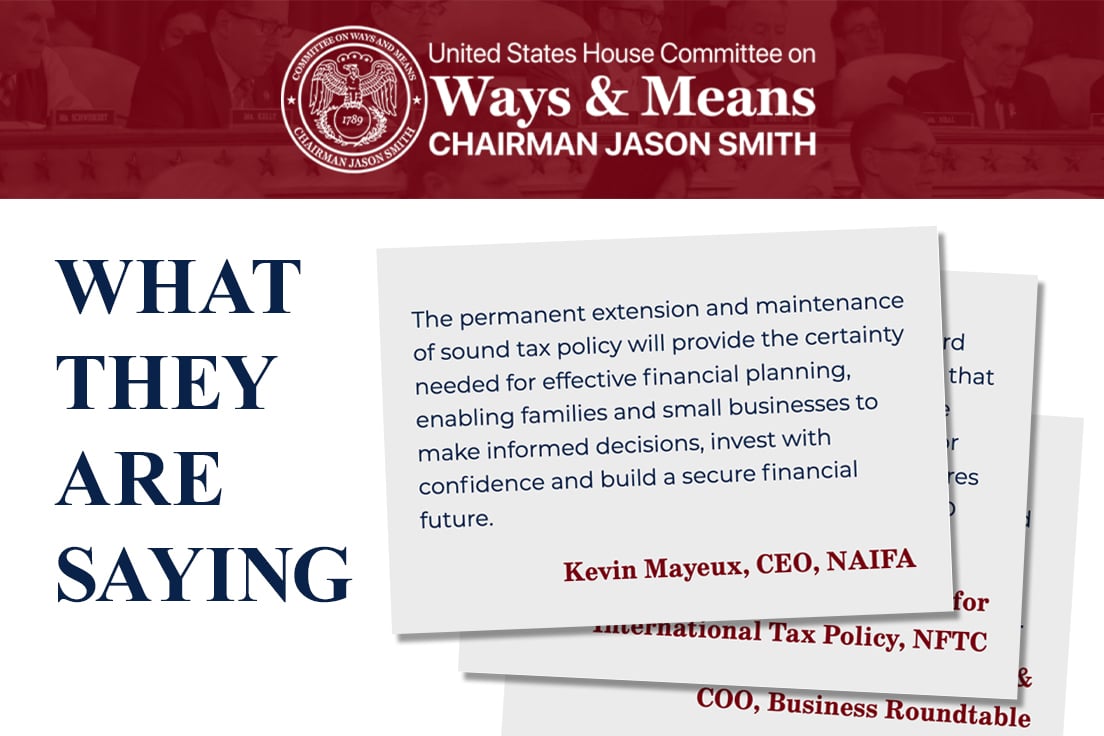The emerging reconciliation bill includes a provision to raise the statutory debt limit—the amount beyond which Treasury may not borrow--to $4 trillion. The Senate version of the budget calls for a $5 trillion increase to the $37.2 trillion federal debt limit. The House budget authorizes a $4 trillion debt limit increase.
Virtually all lawmakers and President Trump agree that raising the debt limit by the X Date (the date beyond which Treasury will be unable to pay all its obligations on time) is crucial and sensitive. Failure would mean at least a partial default by the U.S. and thus ding the full faith and credit of the U.S. That, economists widely warn, could trigger a worldwide economic catastrophe. Therefore, the debt limit X Date is now seen as “the real” deadline for enactment of the reconciliation bill.
The actual X Date is not yet known, although Treasury Secretary Scott Bessent said Treasury is already on “the warning track” to a date beyond which U.S. obligations will not be able to be paid on time. Current projections by private sector economists predict the X Date will come “late in the third quarter,” but only Treasury’s determination of the X Date will count. On May 9, Treasury Secretary Scott Bessent said he thought the X Date would come by mid-August.
If Treasury’s outgoing cash flows accelerate—something that could happen if the currently-roiled bond market remains volatile, the X Date could come as soon as early summer. If cash flows remain stable or improve, however, the date could come as late as mid-September. That is the timing issue Congressional reconciliation bill writers face as the 11 House committees of jurisdiction and the 10 Senate committees of jurisdiction write their pieces of the reconciliation bill.
Prospects: House GOP leadership wants a House vote on the reconciliation bill by Memorial Day, a target most lawmakers had viewed as aspirational, although House markups are proceeding and the Speakers says he is putting a bill on the floor next week. Treasury personnel peg the target date as the 4th of July. Key Senators say a completion date of just before August recess is most realistic. Any of these timeframes could materialize. It all depends on how soon virtually all Congressional Republicans (remember, both the House and the Senate can lose only three votes each and still pass the bill) can agree on what looks like will be a $6+ trillion package. Currently, it appears likely that the House will accept the Senate’s $5 trillion increase in the debt limit, but that is not a final decision.
NAIFA Staff Contacts: Diane Boyle – Senior Vice President – Government Relations, at dboyle@naifa.org; or Jayne Fitzgerald – Director – Government Relations, at jfitzgerald@naifa.org; or Mike Hedge – Senior Director – Government Relations, at mhedge@naifa.org.






.png?width=600&height=90&name=Support%20IFAPAC%20%20(600%20%C3%97%2090%20px).png)
